- Pruning Fruit Shrubs: A Key to Continuous Yield
- Why Prune Fruit Shrubs?
- When to Prune Fruit Shrubs?
- How to Prune Fruit Shrubs?
- Understanding the Importance of Shaping
- Promotes Air Circulation and Light Penetration
- Controls the Size and Structure of the Shrubs
- Encourages Continuous Fruiting
- Prevents Overcrowding and Competition
- Timing: When and How Often to Prune
- Timing
- Frequency
- How to Prune
- Equipment and Safety Precautions
- Gardening Tools
- Safety Precautions
- Step-by-Step Guide to Pruning Fruit Shrubs
- Techniques for Encouraging Fruit Production
- 1. Pruning
- 2. Training
- 3. Fertilization
- 4. Watering
- 5. Pest and Disease Control
- Common Mistakes to Avoid
- Maintaining the Health of Your Fruit Shrub
- Question-answer:
- When is the best time to start shaping fruit shrubs?
- How often should fruit shrubs be pruned?
- What tools do I need for shaping fruit shrubs?
- How should I shape the branches of fruit shrubs?
- Can I shape fruit shrubs during the growing season?
- Video: How to Prune Fruit Trees The Right Way Every Time
Fruit shrubs are a popular choice for gardeners looking to enjoy fresh, homegrown fruit throughout the year. However, to ensure uninterrupted fruiting, it is important to properly shape and prune these shrubs. By following a few simple steps, gardeners can encourage healthy growth, increase fruit production, and maintain the overall health of their fruit shrubs.
One important aspect of shaping fruit shrubs is understanding the natural growth habits of the plant. Different types of shrubs have different growth patterns, with some producing fruit on new growth and others on older wood. By understanding this, gardeners can make the necessary adjustments to encourage fruiting.
Pruning is another crucial step in shaping fruit shrubs. By removing dead or damaged branches, as well as any branches that cross and rub against each other, gardeners can improve air circulation, sunlight exposure, and overall fruit production. Pruning should be done during the dormant season to minimize stress on the plant.
It is also important to thin out the branches of fruit shrubs to prevent overcrowding. Overcrowded branches can lead to decreased fruit production and increased risk of disease. By selectively removing some of the branches, gardeners can create a more open and airy shrub, allowing for better air circulation and sunlight penetration.
Pruning Fruit Shrubs: A Key to Continuous Yield
Pruning fruit shrubs is essential for maintaining healthy plants and ensuring a continuous yield of delicious fruit. By removing diseased or damaged branches, shaping the shrub, and encouraging new growth, you can help your fruit shrubs reach their full potential.
Why Prune Fruit Shrubs?
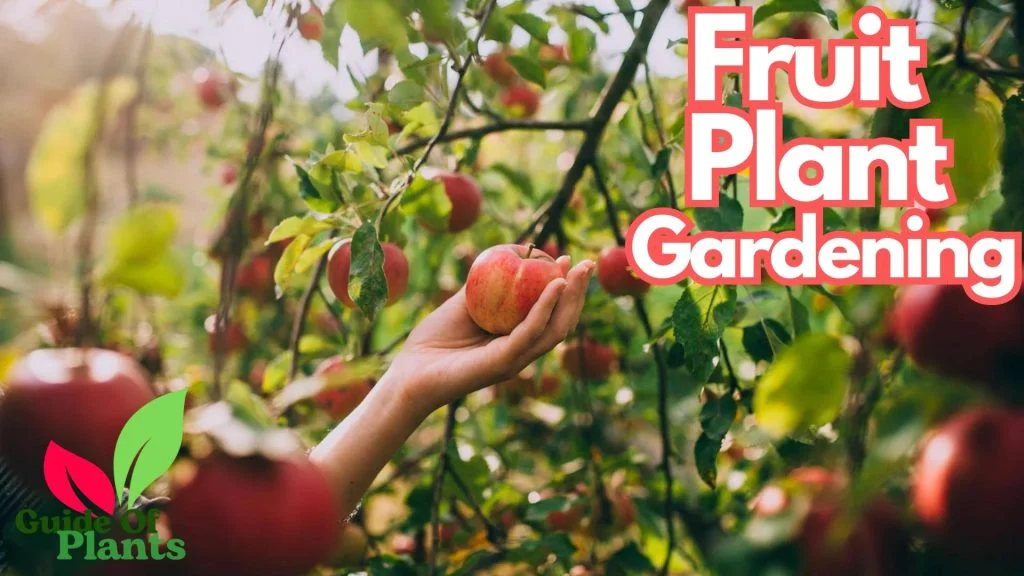
Pruning fruit shrubs has several important benefits:
- Promotes air circulation: Thinning out the branches allows for better airflow, reducing the risk of diseases and improving overall plant health.
- Controls size and shape: By pruning, you can shape the shrub to fit your desired space and ensure it doesn’t become overgrown or unruly.
- Encourages fruit production: Pruning stimulates new growth, leading to increased fruit production and larger, tastier fruit.
- Removes diseased or damaged branches: Removing infected or damaged branches prevents the spread of diseases and promotes the health of the entire plant.
When to Prune Fruit Shrubs?
The timing of pruning depends on the specific type of fruit shrub:
| Fruit Shrub | Best Time to Prune |
|---|---|
| Blueberries | Late winter or early spring before new growth begins. |
| Raspberries | Summer-bearing varieties: prune after fruiting. Everbearing varieties: prune canes that have fruited, leaving new ones for next year’s crop. |
| Blackberries | Prune in late winter or early spring before new growth starts. |
| Strawberries | Renovate the bed after the harvest season, removing old, non-productive plants and runners. |
It’s important to research the specific pruning requirements for your fruit shrubs, as different varieties may have slightly different needs.
How to Prune Fruit Shrubs?
Follow these general steps when pruning your fruit shrubs:
- Start by removing any dead, damaged, or diseased branches. These can be easily identified by their appearance.
- Next, thin out the shrub by selectively removing some of the older branches, creating space for new growth and ensuring good air circulation.
- Shape the shrub by selectively pruning branches to achieve the desired form. This will depend on whether your shrub is trained as an open bush, espalier, or another form.
- Finally, fertilize and water the shrub to promote new growth and encourage a bountiful yield of fruit.
Remember to always use sharp, clean pruning shears to make clean cuts and minimize the risk of disease transmission between plants.
By properly pruning your fruit shrubs, you can enjoy a continuous yield of delicious fruit for many years to come. Happy pruning!
Understanding the Importance of Shaping
Shaping fruit shrubs is an essential practice for maintaining healthy and productive plants. Proper shaping techniques help to guide the growth of the shrubs, optimize fruiting potential, and ensure a long lifespan for the plants.
Promotes Air Circulation and Light Penetration
- Shaping fruit shrubs involves pruning away excess branches and foliage. This process helps to create a well-ventilated canopy and allows sunlight to reach all parts of the plant.
- Improved air circulation minimizes the risk of diseases by reducing moisture and preventing the buildup of pathogens.
- Enhanced light penetration encourages even ripening of the fruits, increases sugar content, and improves color development.
Controls the Size and Structure of the Shrubs
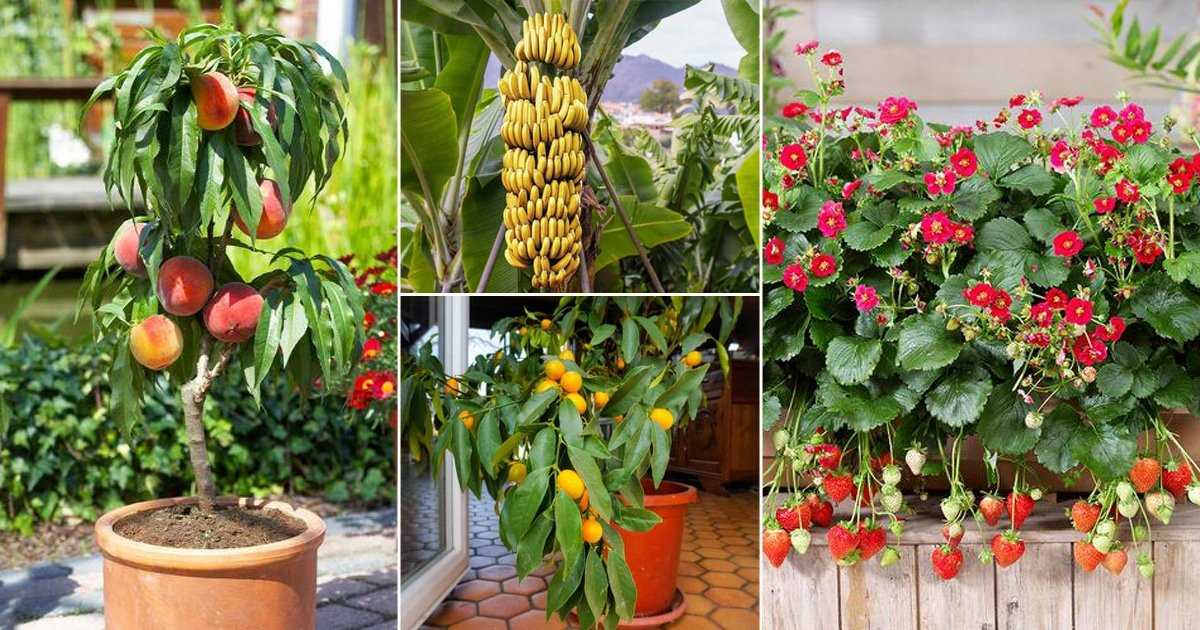
- Regular shaping helps to control the size and shape of fruit shrubs, making them more manageable and aesthetically pleasing.
- By removing excessive growth, the plants can be maintained at a manageable height, making it easier for harvesting and maintenance activities.
- Controlling the structure of the shrubs allows for better training on supports, such as trellises or fences, which can further improve the fruiting potential.
Encourages Continuous Fruiting
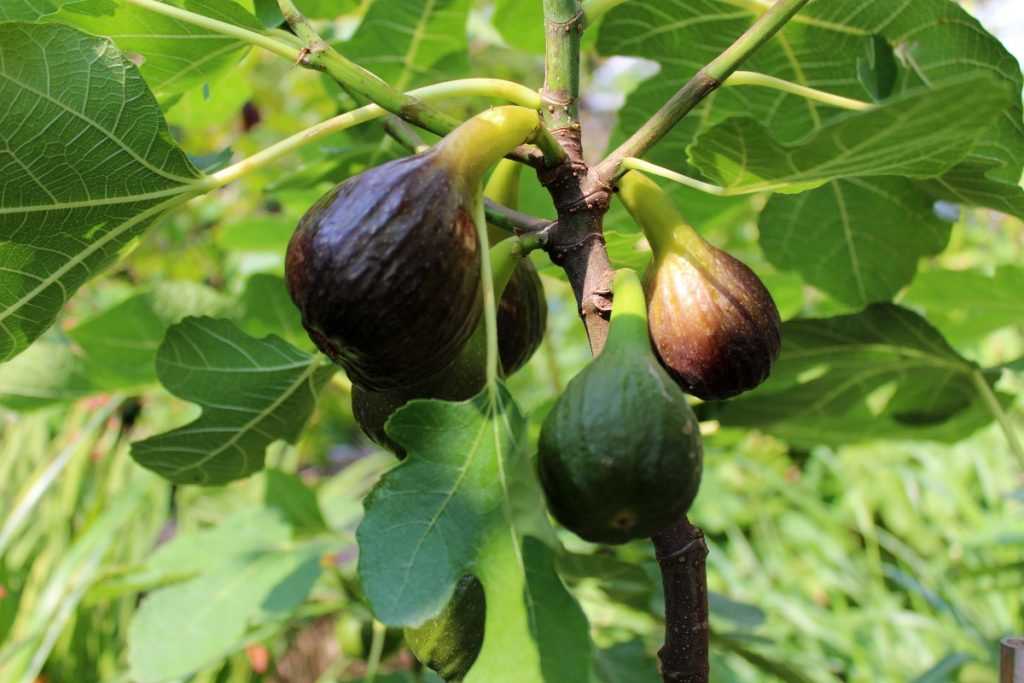
- Shaping fruit shrubs promotes continuous fruiting by optimizing the allocation of resources within the plant.
- Removing old or unproductive branches stimulates the growth of new shoots, bringing forth new flowers and potential fruits.
- Proper shaping also helps in managing the balance between vegetative growth and fruit production, ensuring a consistent supply of fruits throughout the growing season.
Prevents Overcrowding and Competition
- Regular shaping prevents overcrowding of branches and foliage, which can lead to reduced airflow and an increased risk of pests and diseases.
- By selectively removing branches and thinning out the canopy, competition for resources like water, nutrients, and light is minimized.
- This allows the plant to allocate its resources more efficiently, leading to better fruit quality and higher yields.
In conclusion, shaping fruit shrubs is crucial for maintaining healthy and fruitful plants. It promotes air circulation, light penetration, controls the size and structure, encourages continuous fruiting, and prevents overcrowding. By incorporating proper shaping techniques into your fruit shrub care routine, you can optimize the overall health and productivity of your plants.
Timing: When and How Often to Prune
Pruning fruit shrubs at the right time and frequency is essential to maintain their health and productivity. Here are some guidelines to help you understand when and how often to prune your fruit shrubs:
Timing
The timing of pruning fruit shrubs depends on the specific plant and its growth habit. However, there are some general rules to follow:
- Early spring: Most fruit shrubs are pruned in early spring before they start actively growing. This is the best time to remove dead, damaged, or diseased branches.
- Summer: Some fruit shrubs, such as blueberries, may require some light pruning in summer to remove excessive growth or overcrowded branches.
Frequency

The frequency of pruning fruit shrubs also varies depending on the specific plant and its growth habit. However, here are some general recommendations:
- Young shrubs: In the first few years after planting, fruit shrubs should be pruned lightly to encourage a strong framework and establish a desired shape.
- Established shrubs: Once fruit shrubs are established, they should be pruned annually to remove dead wood, maintain an open structure, and encourage new growth.
How to Prune
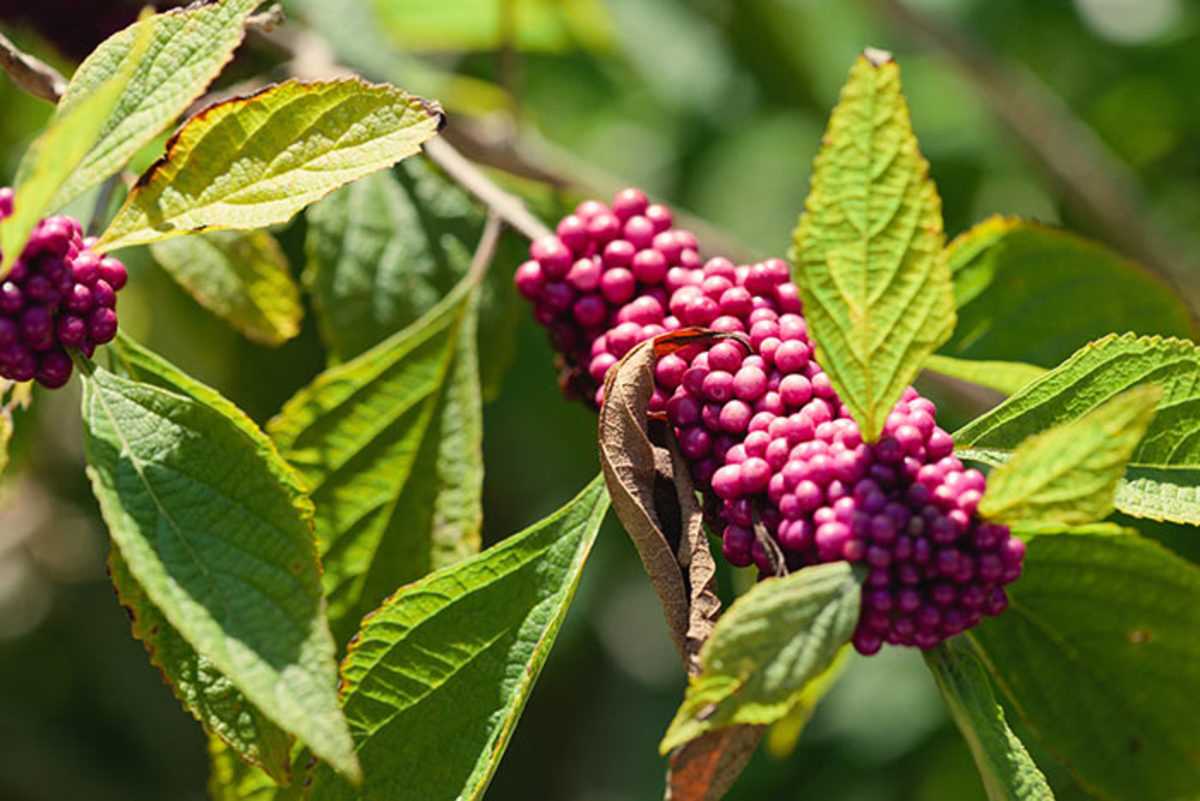
When pruning fruit shrubs, it’s important to follow some basic pruning techniques:
- Use clean, sharp tools to make clean cuts and prevent the spread of diseases.
- Remove dead, damaged, or diseased branches first.
- Remove any branches that are crossing or rubbing against each other.
- Thin out overcrowded branches to improve air circulation and sunlight penetration.
- Prune branches back to a bud or lateral branch to promote new growth.
- Step back occasionally to assess the overall shape of the shrub and make adjustments as needed.
Remember to always check the specific pruning requirements for your fruit shrubs, as different plants may have different needs. By pruning at the right time and following proper techniques, you can ensure uninterrupted fruiting and keep your fruit shrubs healthy and productive.
Equipment and Safety Precautions
Gardening Tools
When working with fruit shrubs, there are several gardening tools that you will need to properly shape and maintain them:
- Pruning Shears: Use sharp pruning shears to make clean cuts and avoid damaging the branches.
- Loppers: Loppers are useful for cutting thicker branches that cannot be pruned with shears.
- Hand Saw: A hand saw is needed to prune larger and older branches.
- Secateurs: Secateurs are smaller pruning shears that are ideal for delicate pruning tasks, such as removing small shoots or branches.
- Gloves: It is important to wear gloves to protect your hands from thorns, sharp edges, and any potential chemicals used in the process.
Safety Precautions
When shaping fruit shrubs, it is important to follow some safety precautions to ensure your well-being and prevent accidents:
- Wear Protective Clothing: In addition to gloves, wear long-sleeved shirts, long pants, and closed-toe shoes to protect yourself from thorns and sharp edges.
- Work in Good Lighting: Make sure to work in well-lit areas or during the daytime to have a clear view of what you’re doing and avoid accidents.
- Inspect Tools: Before using any gardening tools, inspect them for any damages or signs of wear. Replace or repair them if necessary to prevent any accidents.
- Use Tools Correctly: Learn how to properly use each tool, following the manufacturer’s instructions. This will help you avoid injuries and achieve better results.
- Take Breaks: Shaping fruit shrubs can be physically demanding, so make sure to take regular breaks to rest and avoid fatigue.
- Store Tools Safely: After using the gardening tools, store them in a safe place, away from children and pets, to prevent accidents and damage.
Step-by-Step Guide to Pruning Fruit Shrubs
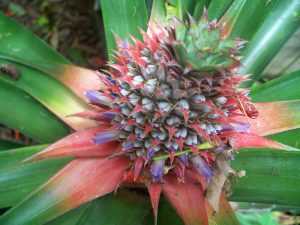
Pruning fruit shrubs is an essential task for ensuring uninterrupted fruiting and maintaining the health and productivity of your plants. Follow these steps to effectively prune your fruit shrubs:
- Timing: Pruning should be done during the plant’s dormant season, typically in late winter or early spring. This allows the shrub to recover and regrow before the next growing season.
- Gather tools: Before you begin, make sure you have the necessary tools. These might include pruning shears, loppers, and a pruning saw for thicker branches.
- Assess the shrub: Take a good look at the shrub and identify any dead, damaged, or diseased branches. These should be the first to go, as they can negatively affect the overall health of the plant.
- Remove suckers and water sprouts: Suckers and water sprouts are shoots that grow from the base of the plant or from the main branches. They typically don’t bear fruit and can divert energy from the productive parts of the shrub. Remove them completely.
- Thin out crowded branches: Look for branches that are crossing, rubbing against each other, or overcrowding the center of the shrub. Selectively remove some of these branches to allow for better air circulation and sunlight penetration.
- Shape the shrub: Determine the desired shape for your fruit shrub and prune accordingly. This may involve removing some branches to encourage new growth or controlling the height and spread of the shrub.
- Prune fruiting wood: Fruiting wood refers to the branches that bear fruit. Take care not to prune these branches excessively, as this can reduce the amount of fruit you will get. Only remove dead, damaged, or diseased wood from the fruiting branches.
- Monitor and maintain: After pruning, monitor the shrub’s growth and make further adjustments as needed. Regular maintenance, such as removing suckers and water sprouts, will help keep the shrub healthy and productive.
Pruning fruit shrubs can seem daunting at first, but with a little practice and knowledge, you can easily master this important gardening task. Remember to always use sharp, clean tools and make careful, deliberate cuts. Happy pruning!
Techniques for Encouraging Fruit Production
Proper pruning and training techniques are essential for encouraging fruit production in fruit shrubs. By following these techniques, you can ensure uninterrupted fruiting and maximize the yield of your fruit shrubs.
1. Pruning
- Prune during the dormant season when the shrub is not actively growing.
- Remove any dead, damaged, or diseased branches to maintain plant health.
- Thin out crowded branches to allow better airflow and sunlight penetration.
- Prune to shape the shrub and maintain a manageable size.
- Remove any crossing branches that may rub against each other and cause damage.
2. Training
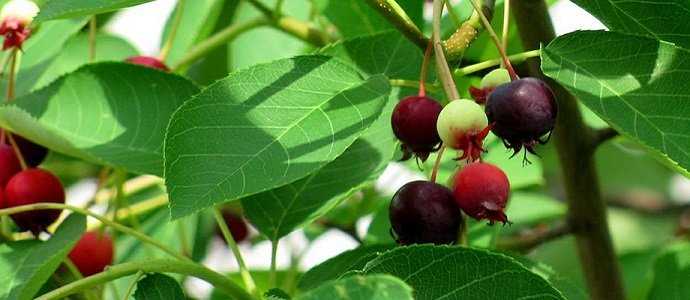
- Choose a central leader or main stem for the shrub and remove competing branches.
- Train branches to grow in a balanced and open structure, allowing sunlight to reach all parts of the plant.
- Use pruning techniques such as heading back or tipping to promote branching and stimulate new growth.
- Support the branches with stakes or trellises if needed, especially for heavy fruit-bearing shrubs.
3. Fertilization
- Apply a balanced fertilizer that is suitable for fruit shrubs according to the manufacturer’s instructions.
- Fertilize in early spring before the start of the growing season.
- Avoid over-fertilization, which can lead to excessive vegetative growth at the expense of fruit production.
4. Watering
- Provide adequate and consistent water throughout the growing season.
- Water deeply and infrequently to encourage deep root growth.
- Avoid overwatering to prevent root rot and other water-related diseases.
- Monitor the soil moisture level and adjust watering accordingly, especially during hot and dry periods.
5. Pest and Disease Control
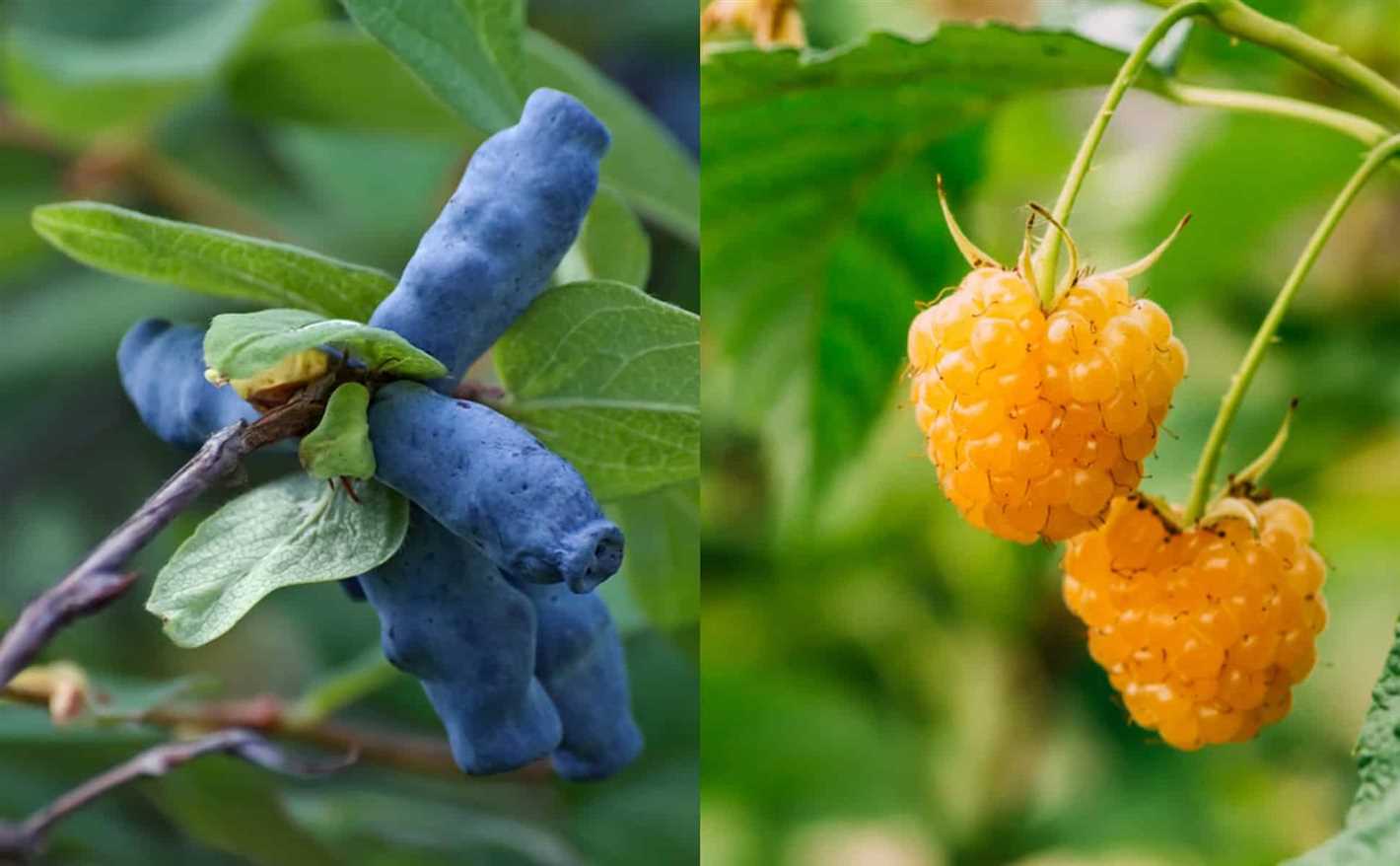
- Regularly inspect the shrub for pests such as aphids, mites, and fruit flies.
- Implement integrated pest management strategies to control pests while minimizing the use of chemical pesticides.
- Monitor for signs of diseases such as powdery mildew or fruit rot, and take appropriate measures to prevent their spread.
- Remove and destroy any infected plant material to prevent further infestation or disease development.
By implementing these techniques and giving proper care to your fruit shrubs, you can create an optimal environment for fruit production and enjoy a bountiful harvest.
Common Mistakes to Avoid
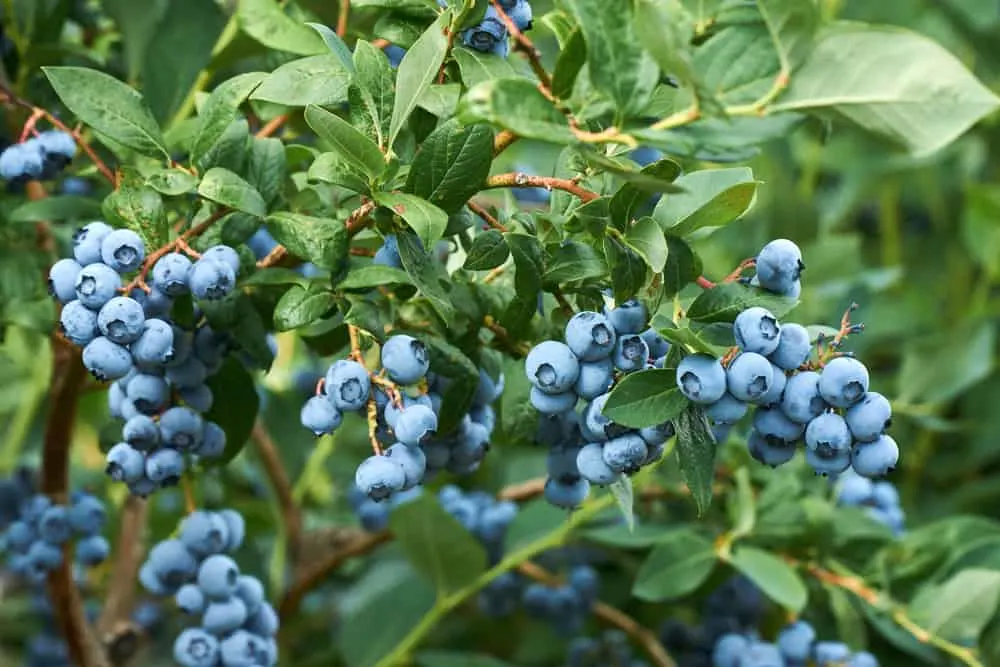
- Over-pruning: One common mistake is to over-prune fruit shrubs. While pruning is important for shaping and maintaining the health of the shrubs, excessive pruning can lead to diminished fruit production. It is important to remember that fruit is produced on the previous year’s growth, so cutting off too much can reduce the potential fruiting sites for the following year.
- Incorrect pruning timing: Pruning at the wrong time can also hinder fruiting. Pruning should typically be done in late winter or early spring, before new growth begins. Pruning too early or too late can disrupt the shrub’s growth cycle and negatively affect fruit production.
- Failure to remove dead or diseased wood: Removing dead or diseased wood is crucial for maintaining the overall health of fruit shrubs. Neglecting to remove these branches can lead to the spread of diseases and pests, and can also hinder the shrub’s ability to produce fruit.
- Improper spacing: Planting fruit shrubs too closely together can impede air circulation and sunlight exposure, which are both important factors for fruit development. It is important to follow the recommended spacing guidelines for the specific type of fruit shrub to ensure optimal growth and fruiting.
- Ignoring regular maintenance: Fruit shrubs require regular maintenance to ensure healthy growth and uninterrupted fruiting. This includes tasks such as watering, fertilizing, and mulching. Ignoring these maintenance practices can result in stunted growth and reduced fruit production.
- Using the wrong tools: Using improper pruning tools can cause damage to the shrub and affect fruit production. It is important to use sharp, clean pruning shears or saws specifically designed for pruning fruit shrubs to make clean cuts and minimize the risk of disease transmission.
- Ignoring individual shrub requirements: Different types of fruit shrubs have specific requirements for optimal growth and fruiting. Ignoring these requirements, such as soil type, sun exposure, and pruning techniques, can impede fruit production. It is important to research and understand the specific needs of each fruit shrub variety.
Avoiding these common mistakes and practicing proper fruit shrub care techniques will help ensure uninterrupted fruiting and healthy shrub growth.
Maintaining the Health of Your Fruit Shrub
To ensure a healthy and productive fruit shrub, it is important to take proper care of it throughout the growing season. Here are some essential tips for maintaining the health of your fruit shrub:
- Watering: Regular and adequate watering is crucial for the health of your fruit shrub. Make sure to provide enough water to keep the soil moist, especially during dry periods. Avoid overwatering, as it can lead to root rot.
- Fertilizing: Fruit shrubs require regular feeding to provide them with essential nutrients. Use a balanced fertilizer specifically formulated for fruit-bearing shrubs, and follow the recommended dosage instructions. Apply the fertilizer in early spring and again in mid-summer.
- Pruning: Proper pruning is essential for maintaining the shape and health of your fruit shrub. Prune in late winter or early spring before new growth starts. Remove any dead or damaged branches, as well as any crossing or overcrowded branches. This will help improve air circulation and sunlight penetration, which are important for fruit production.
- Pest and Disease Control: Regularly inspect your fruit shrub for any signs of pests or diseases. Common pests that can affect fruit shrubs include aphids, mites, and caterpillars. Use appropriate insecticides or organic pest control methods to manage pest infestations. Similarly, be on the lookout for common fruit shrub diseases such as powdery mildew or fungal infections, and take appropriate action if needed.
- Weed Control: Keep the area around your fruit shrub free from weeds. Weeds compete with the shrub for nutrients and water, and can also provide a hiding place for pests. Regularly remove any weeds that emerge, either by hand or by using a mulch to suppress their growth.
- Winter Protection: In cold climates, it is important to protect your fruit shrub from frost and freezing temperatures. Apply a layer of mulch around the base of the shrub to provide insulation and protect the roots. You may also consider using burlap or other protective covers to shield the shrub from harsh winter conditions.
By following these maintenance tips, you can ensure the health and vitality of your fruit shrub, and enjoy a bountiful harvest year after year.
Question-answer:
When is the best time to start shaping fruit shrubs?
The best time to start shaping fruit shrubs is in late winter or early spring, before the new growth starts.
How often should fruit shrubs be pruned?
Fruit shrubs should be pruned annually, usually in late winter or early spring, before the new growth begins.
What tools do I need for shaping fruit shrubs?
To shape fruit shrubs, you will need hand pruners, loppers, and possibly a pruning saw for larger branches.
How should I shape the branches of fruit shrubs?
When shaping the branches of fruit shrubs, you should aim to maintain an open center or vase shape, removing any crossing or overcrowded branches.
Can I shape fruit shrubs during the growing season?
While it is best to shape fruit shrubs during late winter or early spring, it is possible to do some light shaping during the growing season if necessary.







